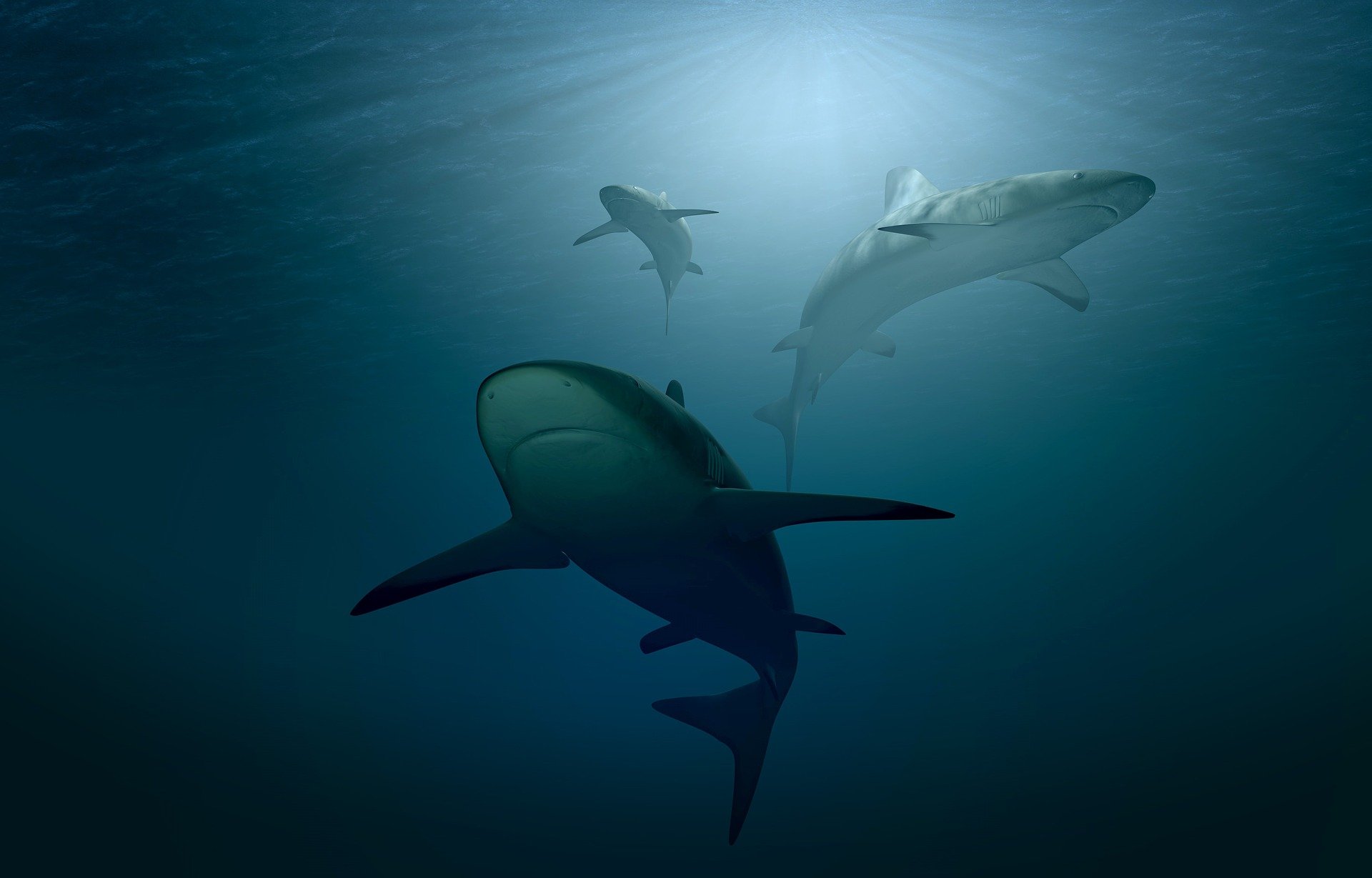
Scientists say that as many as 70 percent of some 60 species of sharks and stingrays found in the Adriatic Sea are endangered, state agency Hina said on Wednesday, citing a research paper produced by local marine biologists.
These findings were published in a research paper penned by Alen Soldo from the University of Split and Lovrenc Lipej of Slovenia's National Institute of Biology which came out in the international journal Fishes.
The paper listed fish species found permanently or occasionally in the Adriatic, and evaluated their status in the wild according to the criteria defined by the International Union for Conservation of Nature (IUCN). In total, 60 chondrichthyan species - which includes sharks, rays, and skates, from 27 families and 42 genera were listed.
The list compiled by Soldo and Lipej includes 33 species of sharks, 26 species of rays, and one chimaera. Three species are now considered Regionally Extinct - the smoothback angelshark, the common guitarfish and the smalltooth sawfish.
A total of 21 species are assessed as Critically Endangered, eight are Endangered, and another 10 are Vulnerable. Another six are classified as "Near Threatened." As many as 53 percent of all cartilaginous fish found in the Mediterranean belong to some of the categories of endangered species. The situation in the Adriatic is even worse with 70 percent of them in danger of extinction.
Soldo told state agency Hina that overfishing, pollution, and climate change are the three main causes why sharks, which are at the top of the food chain, are in decline in these waters.
As for the perception of sharks as animals dangerous for humans, Soldo said that the fear of sharks, at least as far as the Adriatic is concerned, is entirely unfounded as only three out of the 33 species of sharks found here are potentially dangerous: the great white shark, and its close relatives, the porbeagle and the shortfin mako.
"There have been rare documented incidents of great white sharks attacking humans here, but there has never been any record of attacks by porbeagles or shortfin makos, which only occasionally can be found in the Adriatic," Soldo said.
The blue shark, which is the most common shark species in the Adriatic, is considered completely harmless to humans.
Soldo and Lipej also talked about conservation legislation in countries bordering the Adriatic. Although Croatia has laws protecting 23 different species of cartilaginous fish in its waters, other countries haven't enacted such laws yet, so once they leave Croatian waters they are legally treated as all other types of fish.
Therefore they called on all Adriatic countries - which also includes Italy, Slovenia, Montenegro, Bosnia and herzegovina, and Albania - to enact preservation measures to better protect these species.
Kakvo je tvoje mišljenje o ovome?
Pridruži se raspravi ili pročitaj komentare



 Srbija
Srbija
 Bosna i Hercegovina
Bosna i Hercegovina
 Slovenija
Slovenija







